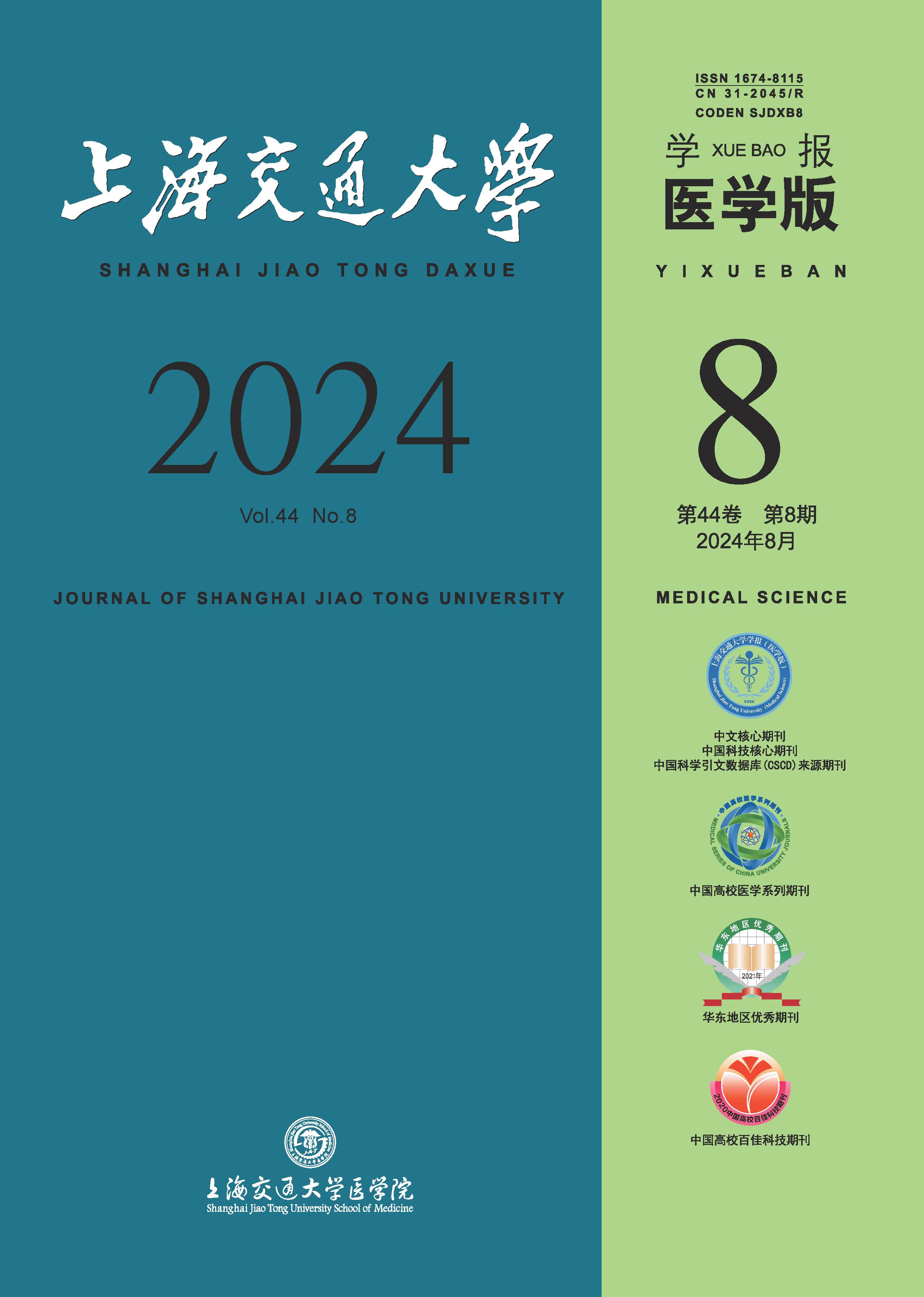Objective ·To reveal the direction, efficiency, and mechanical load of single tooth displacement with clear aligners for expansion treatment during the transitional dentition period with the aid of finite element analysis. Additionally, overcorrection and torque compensation systems were designed to address insufficient expansion efficiency and buccal inclination of posterior teeth. Methods ·One volunteer in mixed dentition period was included to construct a three dimentional cranio-maxillary complex model and an invisible orthodontic system, simulating the buccal displacement (load 1?4: 0.200, 0.275, 0.300, 0.325 mm, respectively) and root buccal torque (load 1: buccal displacement load 0.200 mm, root buccal torque 0°; load 5: buccal displacement load 0.275 mm, root buccal torque 1.0°; load 6: buccal displacement load 0.300 mm, root buccal torque 1.3° and load 7: buccal displacement load 0.325mm, root buccal torque 1.8°) on the maxillary deciduous teeth to the first permanent molar with a non bracket invisible orthodontic appliance. Through finite element analysis, the tooth displacement and equivalent stress distribution of the periodontal membrane can be calculated. Results ·Expansion treatment with clear aligners in the transitional dentition phase primarily revealed the effect of buccal expansion of teeth; different teeth achieved different levels of expansion rate. At a set expansion amount of 0.200 mm per side, expansion efficiency in the maxillary first permanent molar was 51.86%, second primary molar 68.76%, first primary molar 73.48%, and primary cuspid 84.17%. By designing over-correction (0.275, 0.300, 0.325 mm), the results showed significant enhancement in expansion effect. When overcorrection length reached 150% (0.300 mm), expansion efficiency at the maxillary first permanent molar, second primary molar, first primary molar, and primary cuspid were 75.16%, 99.96%, 107.35%, and 122.37%, respectively. The expansion efficiency of maxillary second primary molar, first primary molar, and primary cuspid was close to 100.00%. The overcorrection design exacerbated the dental effects of expansion, intensifying the tendency for teeth to tilt toward the cheek side, leading to side effects such as buccal inclination and drooping of the palatal cusps. When the overcorrection amount for expansion reached 150%, the crown-root displacement in the upper first permanent molar, second primary molar, first primary molar, and primary cuspid were -0.109, -0.134, -0.132, and -0.298 mm, respectively. Applying specific torque compensation for different tooth positions can combat the buccal inclination of posterior teeth. At an overcorrection length of 150% (0.300 mm) with an added 1.3° root buccal torque, expansion efficiency was 56.15%, 73.88%, 79.49%, and 87.80%, respectively. While the crown-root displacement differences reduced to -0.081, -0.097, -0.095, and -0.208 mm. Conclusion ·When using clear aligners for expansion treatment during a transitional dentition period, side effects such as buccal inclination of posterior teeth exist. Furthermore, various teeth realize differing levels of expansion efficiency, necessitating the design of unique adjustment strategies according to different tooth positions. Overcorrection can improve expansion efficiency but needs to be coordinated with root buccal torque for the whole tooth to move buccally.

